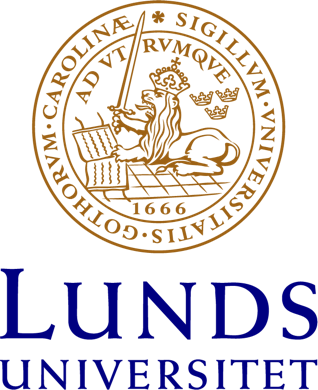Lärande genom temporär organisering : projekt, piloter och experiment i Malmö stad
I rapporten ”Lärande genom temporär organisering – projekt, piloter och experiment i Malmö Stad” analyseras förutsättningarna för att främja organisatoriskt lärande genom temporära organisationer, såsom piloter, testmiljöer, och projekt, inom Malmö stad.
